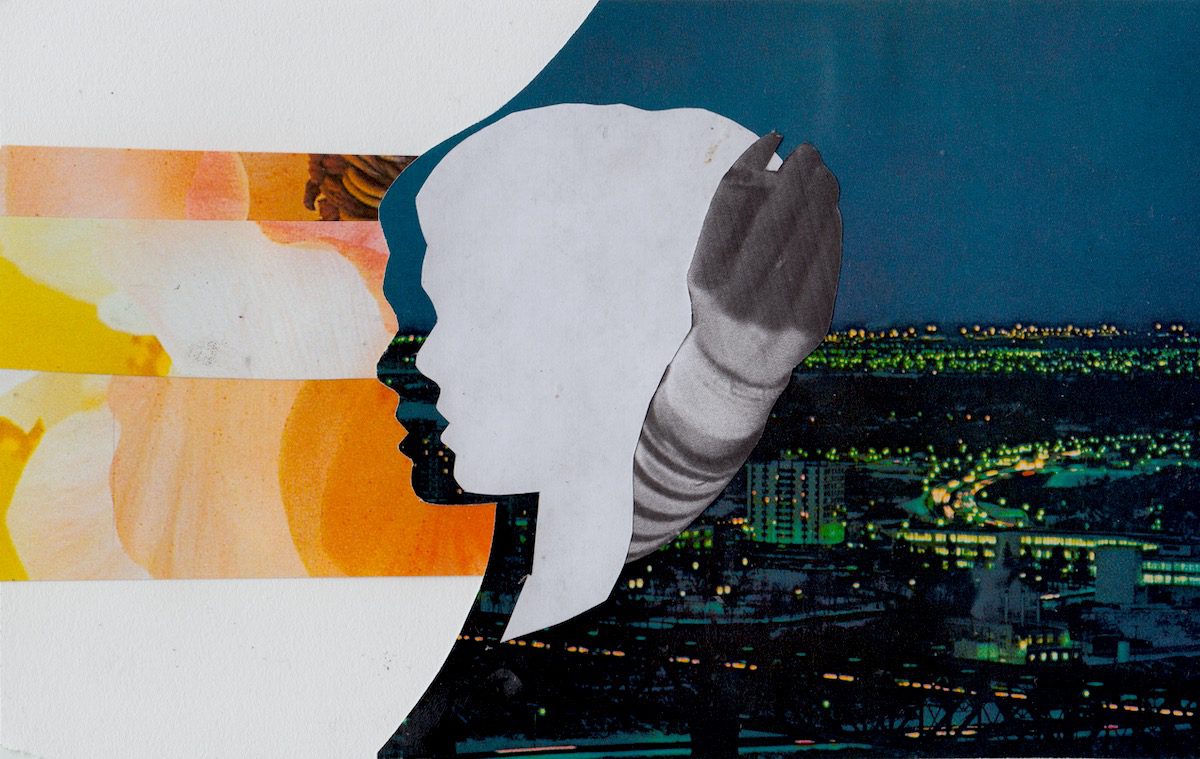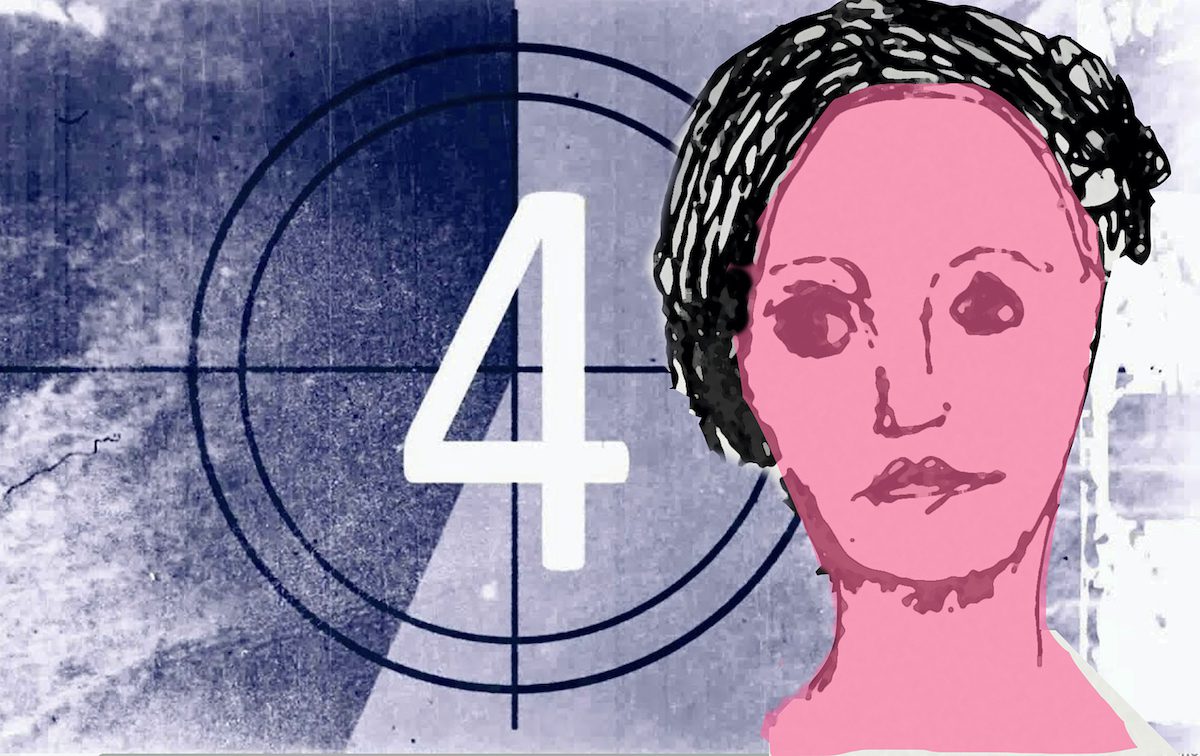
I’m not a big fan of the moment early in the film where Barry Newman’s Kowalski drives past himself in a different car and disappears into thin air (“Holy crap! He just vanished! THAT MUST BE THE VANISHING POINT!”) and in 2010 it’s hard to consider Cleavon Little’s telepathic disc jockey as anything other than a magical negro character. But otherwise, Vanishing Point is damn near perfect, an ideal blend of badass car chases and existential angst.
Driving from Denver to San Francisco to deliver a 1970 Dodge Challenger under a self-imposed and completely impossible deadline, a bleary-eyed, reckless man known only as Kowalski pesters police, meets a girl who rides a motorcycle totally naked (ouch), receives advice through his radio from DJ Super Soul (Little), and flashes back to painful memories from a lifetime of disappointment. Like the film, which begins mere moments before the chronological end of the story and spends the rest of its runtime in flashback, Kowalski lives in the past. Time has only enhanced the film’s elegiac tone. The film itself was already about mourning the end of the mythic American West and the death of idealism. Now it also seems to mark the passing of an era when car chase movies were allowed to be poetic as well as visceral and featured real cars doing real maneuvers instead of relying solely on computer-generated imagery. As exciting as Vanishing Point is, to watch the movie today is to become Kowalski, to look into the past, and grow sad about what you find there.




